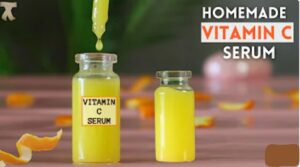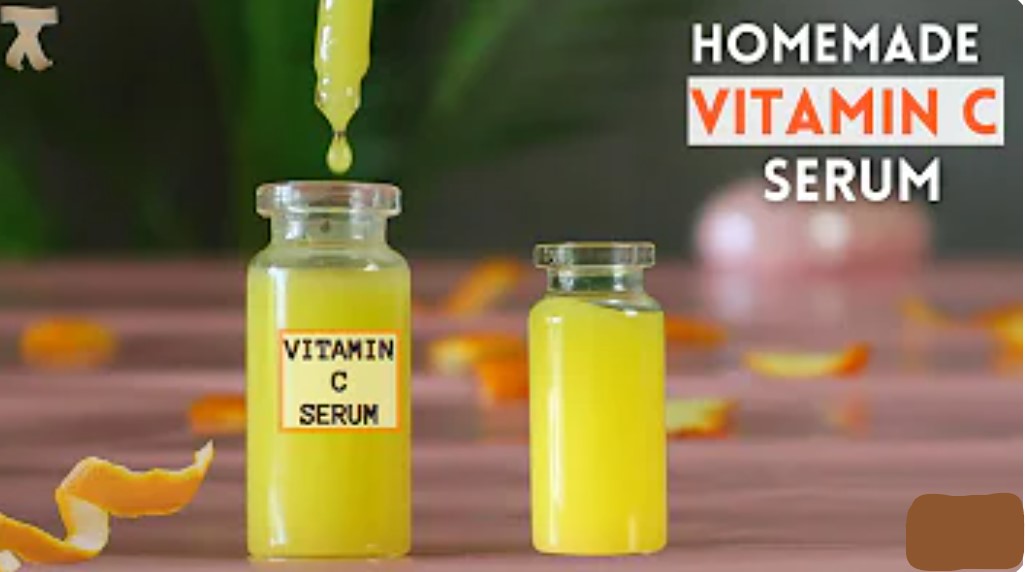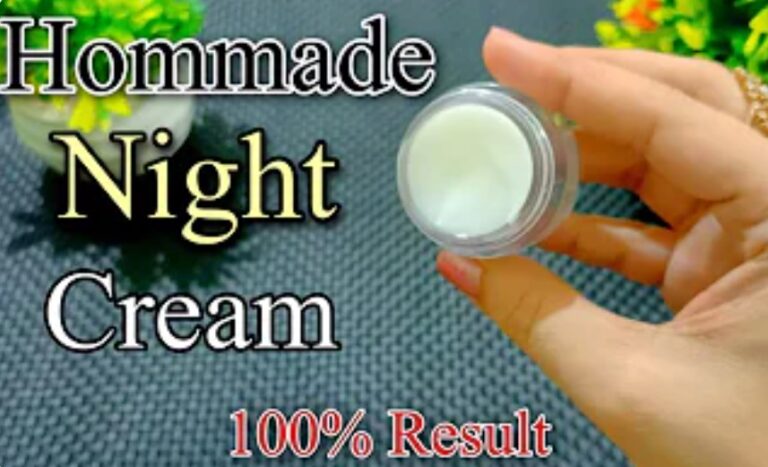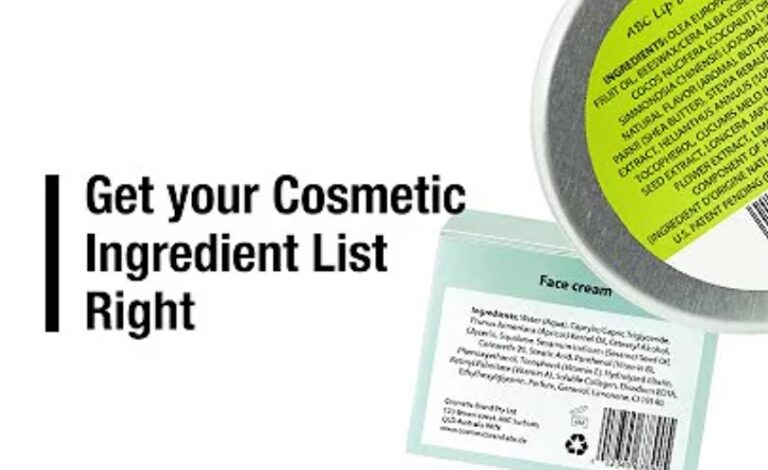How to Make Vitamin C Serum
What is Vitamin C Serum?
Vitamin C serum is a skin care product that is designed to deliver high concentrations of vitamin C to the skin. Vitamin C is a powerful antioxidant that can help to protect the skin from damage caused by free radicals, which can lead to premature ageing and other skin concerns.
Also Read: How to Make Shower Gel
Vitamin C serum typically contains a stable form of vitamin C, such as L-ascorbic acid, as well as other antioxidants and skin-nourishing ingredients. It is typically applied to the face and neck after cleansing and toning, and before applying other skin care products such as moisturizers and sunscreen.

Regular use of vitamin C serum can help to improve the texture and tone of the skin, reduce the appearance of fine lines and wrinkles, and brighten the complexion. It can also help to protect the skin from damage caused by UV rays, pollution, and other environmental stressors.
Ingredients
- 1 tsp of Vitamin C powder
- 8 tsp of pure organic rose water
- 1 tsp of vegetable glycerine
- ¼ tsp of vitamin E oil
- 2 drops of lemon essential oil *optional
Directions
- Dissolve the vitamin C powder in the organic rose water by stirring it with a non-metal spoon until it is fully liquefied. If you have vitamin C granules.
- Once fully dissolved, add in the vegetable glycerin and vitamin E oil and stir those in until fully combined.
- Using a small funnel, transfer your mixture into a dark-tinted glass dropper bottle.
- Now drop in your essential oil (if used), screw on the lid, and shake vigorously to ensure the oil gets mixed.
- Store in amber bottles
Other ingredients such as vitamin E, ferulic acid, and hyaluronic acid are also used in making Vitamin C Serum
It’s important to note that vitamin C serum can be irritating to some people, especially those with sensitive skin. It’s recommended to start with a low concentration and patch test before applying it to the entire face. It should also be stored in a cool, dry place, away from direct sunlight or heat, to prevent oxidation and degradation.






